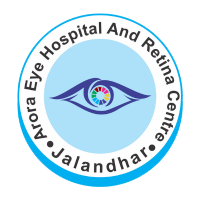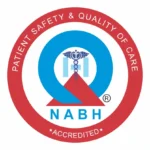
In the evolving world of refractive surgery, both SILK and SBK represent modern, precise options beyond traditional LASIK. While each offers distinct benefits, this blog explores why SILK may offer a better overall experience—particularly in terms of recovery, comfort, and preserving eye health.
1. Flapless & Minimally Invasive vs Thin-Flap LASIK
SILK Laser: Employs a flapless, bladeless lenticule extraction method—creating a small internal lenticule removed through a tiny incision (\~3 mm)—to reshape the cornea
SBK LASIK: Involves creating a thin corneal flap (typically 90–110 µm, compared to 120–180 µm in traditional LASIK) and reshaping the underlying cornea
Why it matters: SILK avoids cut flaps entirely, potentially reducing flap-related risks and enhancing corneal stability.
2. Faster Nerve Regeneration & Less Dry-Eye Risk
SILK’s innovative biconvex lenticule design promotes *faster nerve healing and supports ocular surface health
SBK—though improved over traditional LASIK—still involves flap creation, which can interrupt corneal nerves and cause a higher risk of dry eyes ﹘ albeit slightly reduced compared to standard LASIK—with greater stability in thin corneas
3. Enhanced Corneal Biomechanics
SILK preserves more corneal strength by minimizing tissue removal and incision size—ideal for maintaining corneal integrity and particularly beneficial for athletes or active individuals.
SBK also preserves tissue better than traditional LASIK thanks to a thinner flap, but it still disrupts more structure than flapless SILK
4. Precision, Safety & Comfort
SILK leverages femtosecond laser precision with low-energy, ultra-accurate incisions, aiming for smooth dissection, minimal collateral damage, and clearer vision as early as the next day
SBK is also precise and safer than older LASIK methods, offering quick healing and reduced risk of complications, though it still involves flap creation
5. Recovery & Visual Outcomes
SILK patients often experience rapid visual recovery and superior clarity, with one report suggesting 24-hour vision normalization
SBK also provides fast healing and comfort, with many patients reporting quick recoveries and minimal pain ― especially compared to thick-flap LASIK
6. Who Might Choose SILK Over SBK?
Ideal Candidate SILK Advantages
Active lifestyle or sports enthusiasts Stronger cornea, no flap → less risk during activity
Concerned about dry-eye post-op Faster nerve regeneration → better tear film integrity
Seeking fastest recovery & clarity Minimal invasion → most likely quickest visual recovery
Prioritizing cutting-edge precision Advanced laser tech → highly accurate & smooth outcomes
7. Considerations & Limitations
SILK requires sophisticated surgical equipment and highly trained surgeons—availability may vary
SBK remains widely accessible and valuable, particularly where SILK technology isn’t available or appropriate for certain patients.

